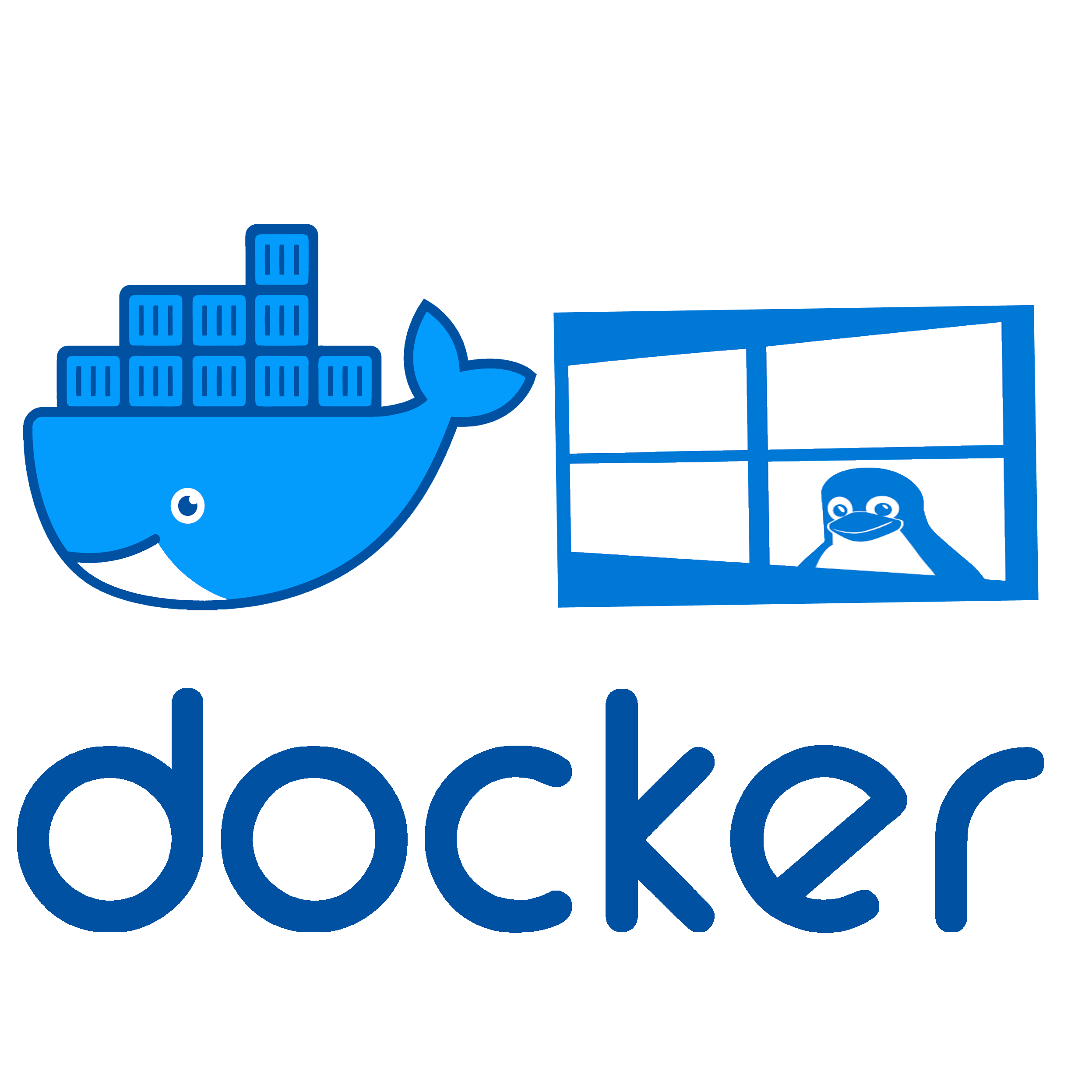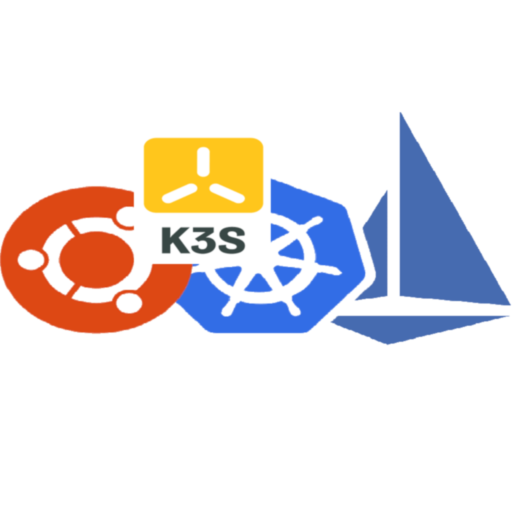WSL 2 + Docker – Real Linux Containers on Windows Without the Overhead
WSL 2: Linux That Lives Inside Windows (for Real This Time)
Let’s be honest — WSL 1 was clever, but limited. It felt like Linux, but under the hood, it just translated system calls.
WSL 2 changed that.
Now there’s a real Linux kernel running inside a lightweight VM, and it behaves like the real thing — because it is the real thing. Systemd? Works. SSH server? Sure. Bash scripts, Python tools, rsync, even package managers — no tricks, just native behavior.
It boots fast, uses minimal memory, and doesn’t feel like a clunky VM from 2010. For folks working in mixed environments or deploying cross-platform software, it quietly solves a lot of daily friction.
Docker: The Classic Container Engine Gets an Upgrade on Windows
Docker has been the go-to for containers for years. But let’s face it — Docker on Windows has always been a bit… heavy. Hyper-V layers, weird networking, inconsistent file paths — not great.
Now with WSL 2 in the picture, Docker gets to behave like it’s on Linux again. No more extra VMs or slow startups. It plugs directly into WSL’s environment, so containers run inside Linux, not next to it.
That means lower CPU load, faster builds, and fewer surprises. And yeah — mounting volumes and editing files actually works the way you’d expect.
What They Bring to the Table
| WSL 2 | Docker with WSL 2 backend | |
| Kernel | Real Linux kernel inside a micro-VM | Uses that same kernel to run Linux containers |
| Start Time | Less than a second to boot | Containers launch instantly from shell or VS Code |
| File Access | Read/write ext4 disk transparently | Shares filesystem with host for quick mounts |
| Resources | Light on RAM and CPU, no full VM bloat | Doesn’t require Hyper-V or VirtualBox anymore |
| Use Cases | Bash scripting, dev tools, Git, Python | Build/test containers, run services locally |
| Licensing | Free (part of Windows 10/11) | Free for personal/small orgs, licensed for business |
Why Use the Combo?
Here’s the deal: WSL 2 by itself is powerful, and Docker is powerful. But together?
They make Windows a viable platform for full-stack Linux development.
Want to build a containerized Go app? You can. Need to debug a Python script in Linux but prefer VS Code on Windows? No problem. Docker and WSL share the environment, so it just works.
It’s also great for DevOps folks who bounce between environments. No dual boot. No SSH into a VM. One laptop, one setup.
Bonus? It supports GPU access, so containers can now run CUDA or ML workloads — directly from your Windows box. Not bad.
This Makes Sense If…
– You’re tired of rebooting into Linux just to test a container
– You build cross-platform apps and need real Linux CLI tools
– You work with CI pipelines and want to test them locally
– You run containers daily and want fewer moving parts
– You’re teaching or learning Linux and want something fast and simple






